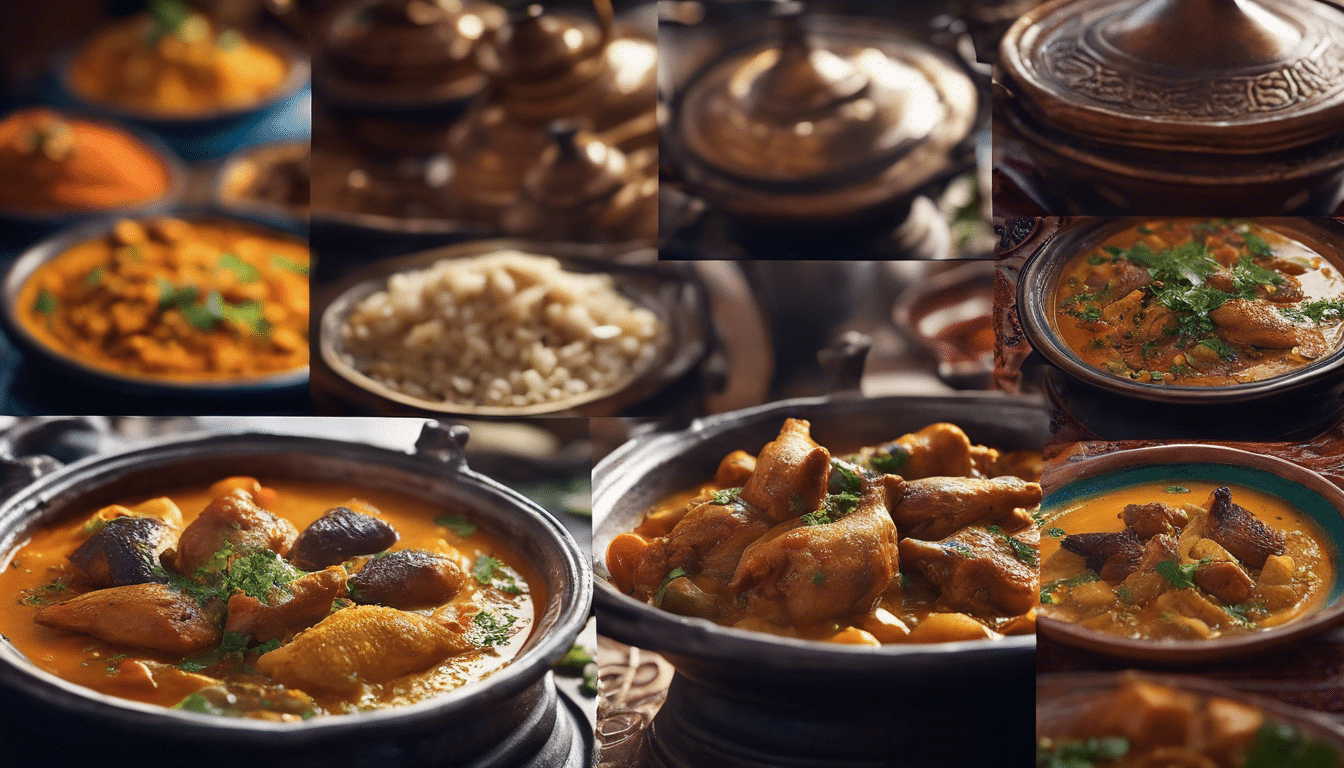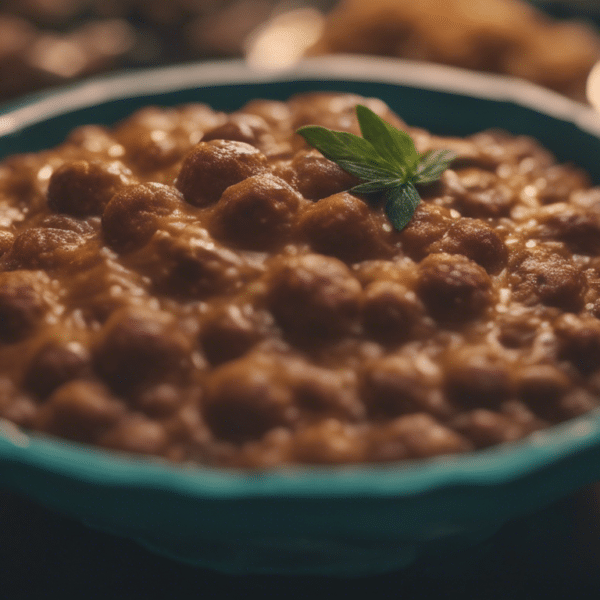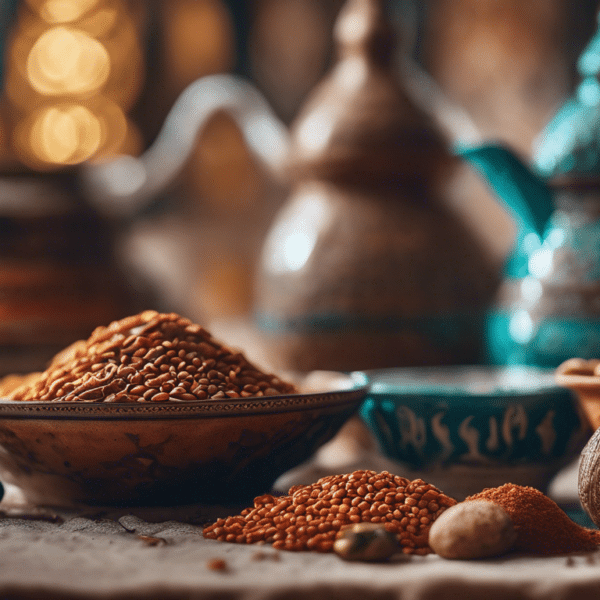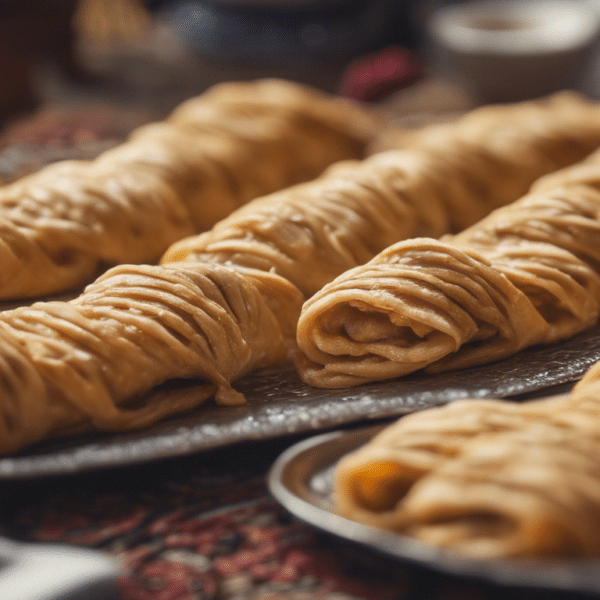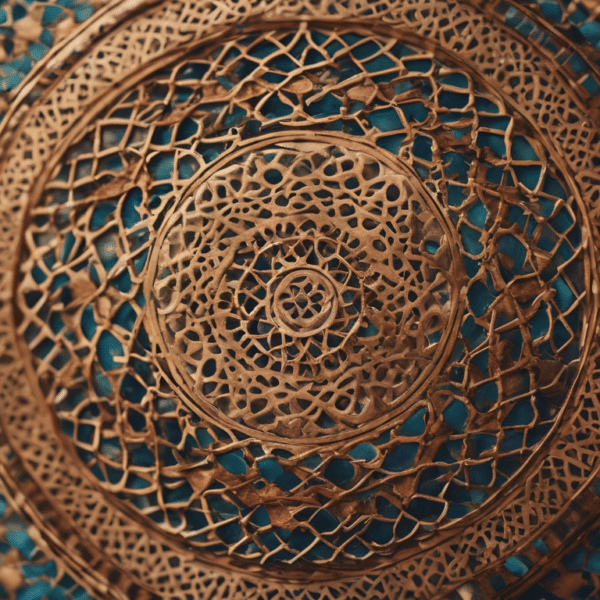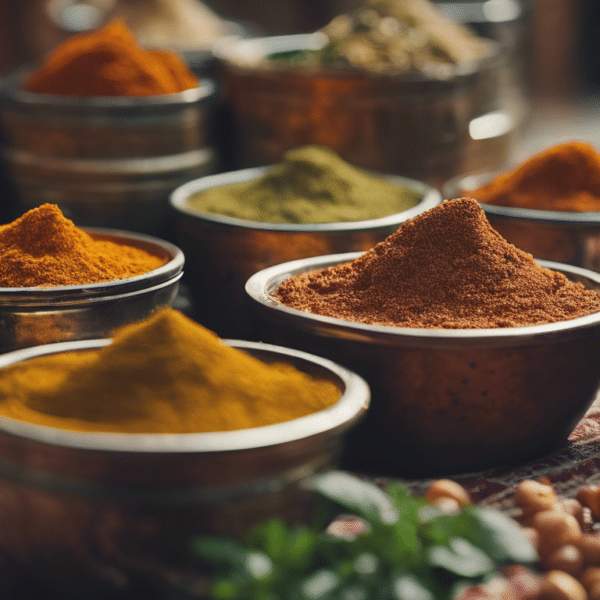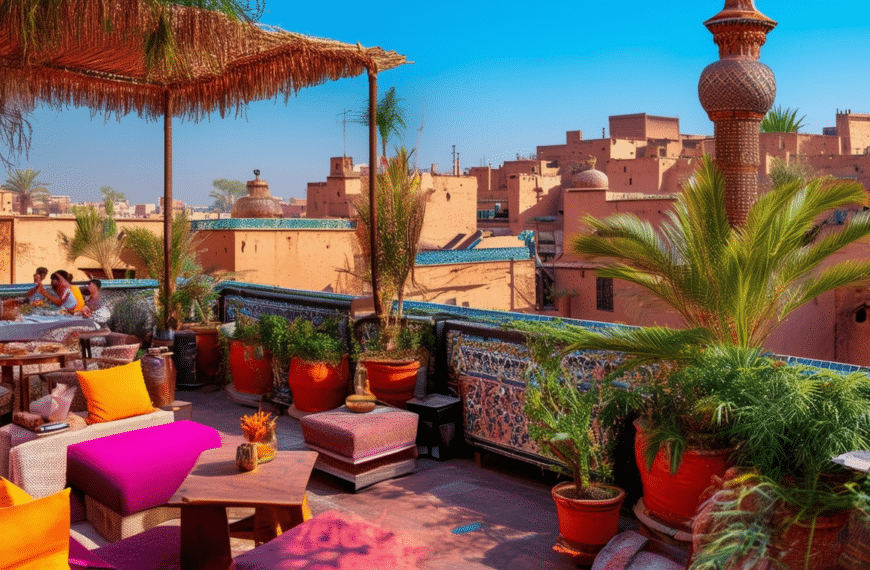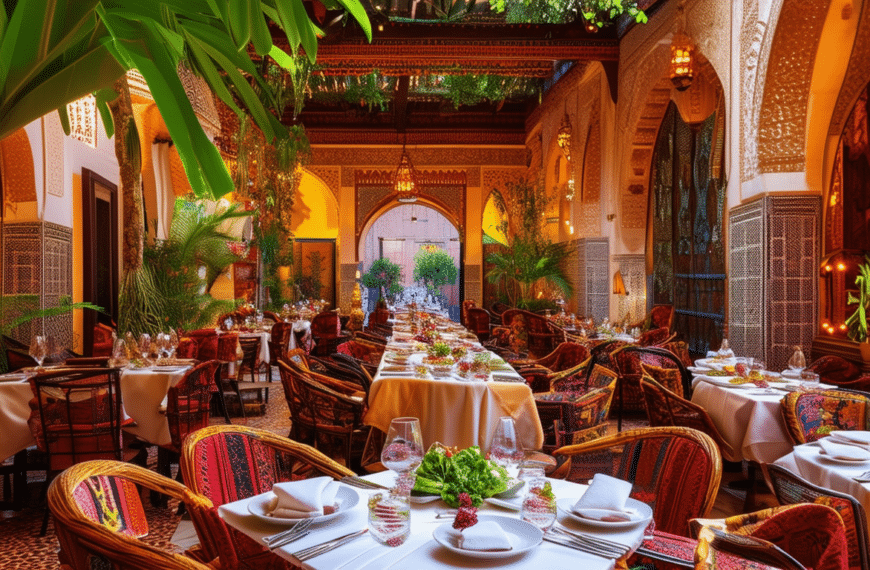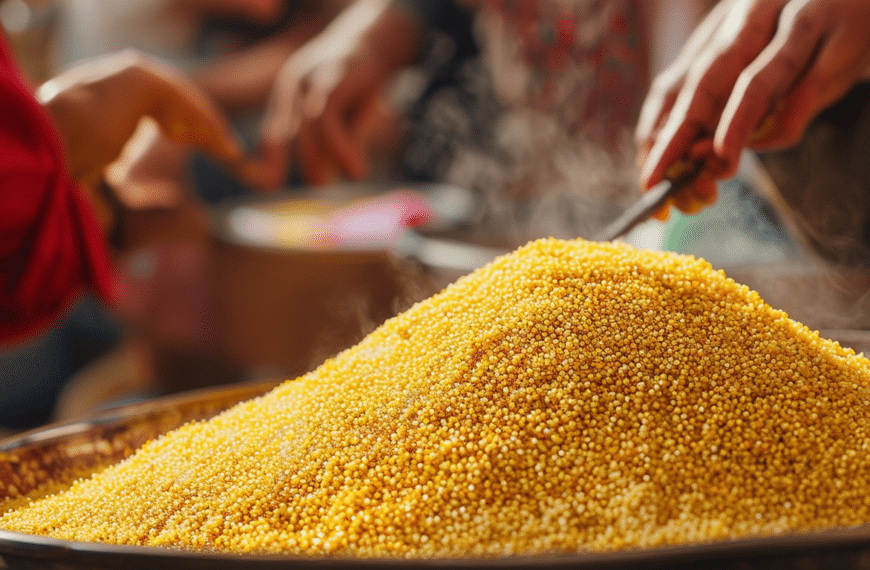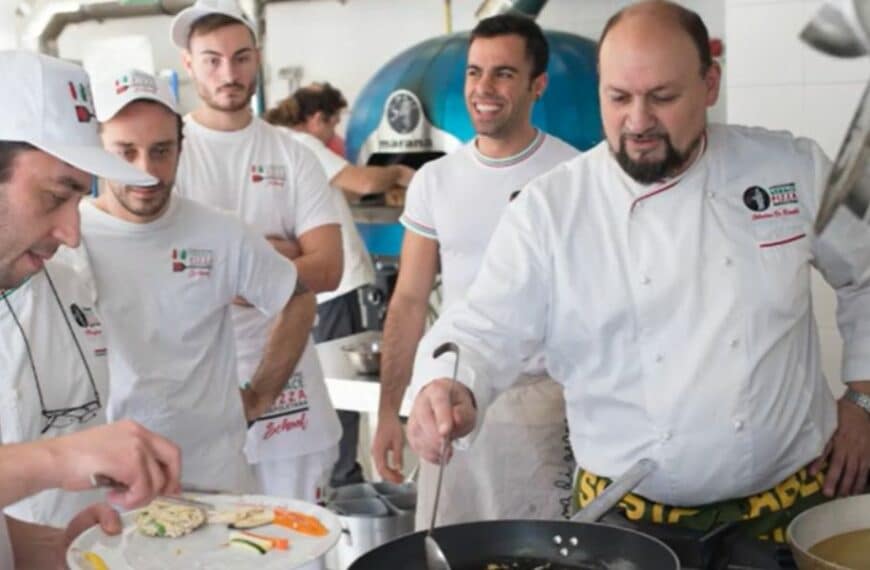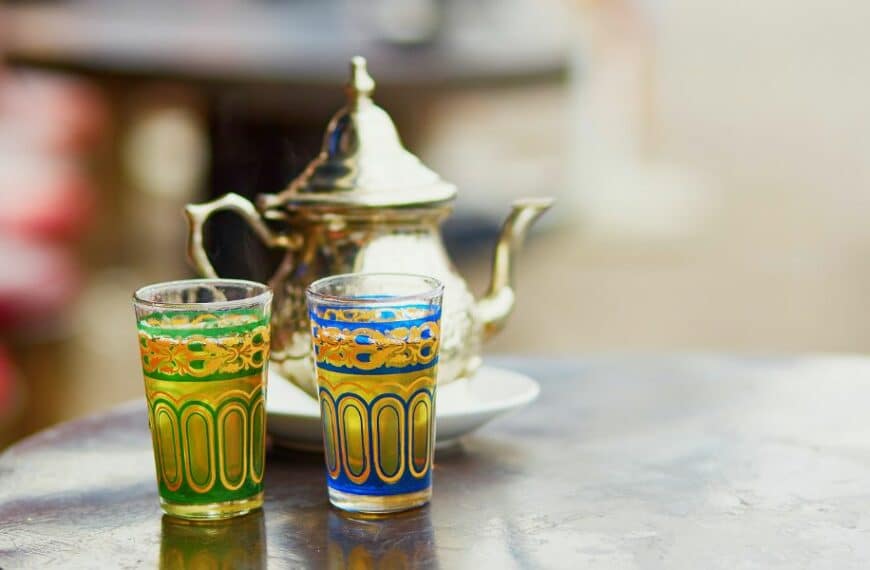Embark on a culinary journey through the aromatic alleyways of Moroccan cuisine, where the Chicken Tagine reigns supreme, a dish steeped in history and brimming with flavors. Imagine a pot of tender chicken, simmered to perfection, infused with a tapestry of spices that dance upon the palate. In this article, we unravel the secrets to creating mouth-watering variations of this beloved classic – from the zest of preserved lemons to the sweetness of dried fruits. Whether you are a connoisseur of Moroccan flavors or a curious epicurean, these recipes will not only nourish the body but also enchant the soul. Unveil the artist within your kitchen as we guide you through the steps to master the art of Moroccan Chicken Tagine, making every meal an unforgettable masterpiece.
Understanding Moroccan Cuisine and Tagine Cooking
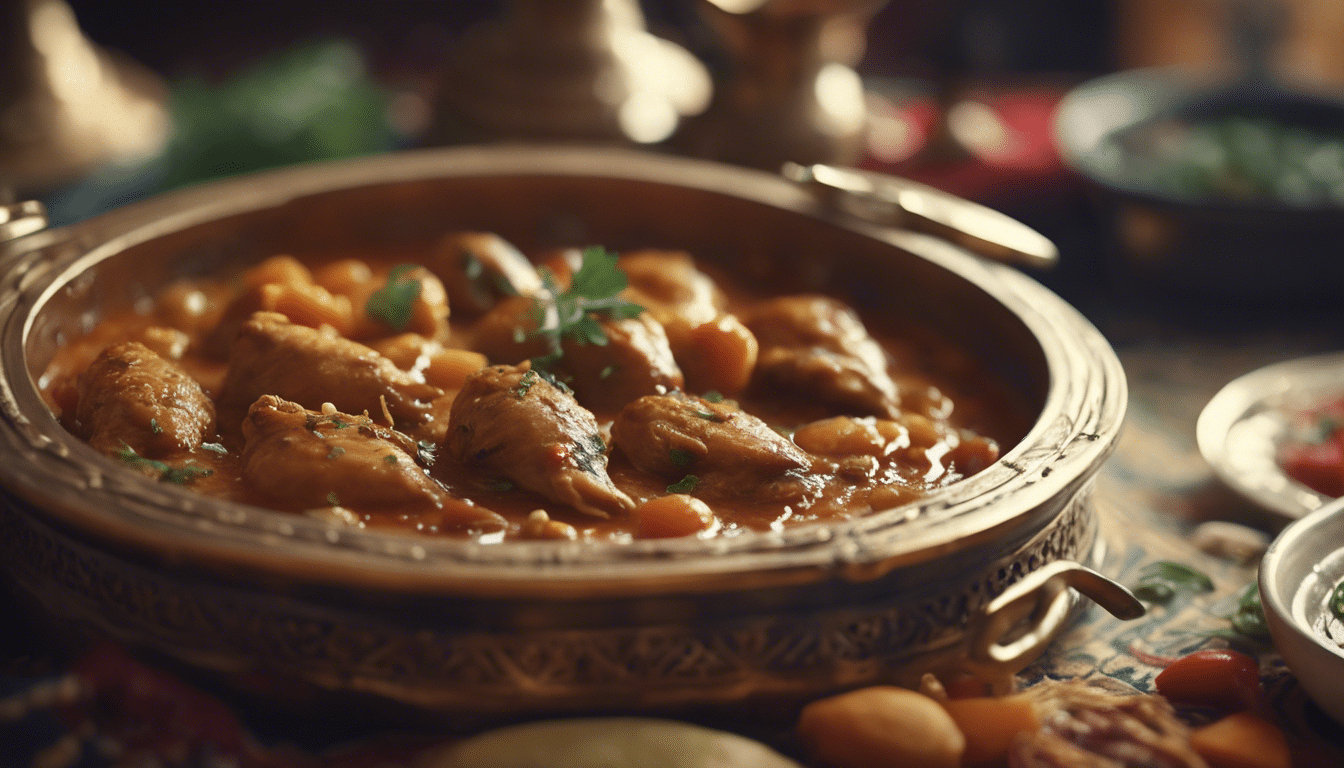
Moroccan Chicken Tagine: A Culinary Odyssey Through Flavors and Traditions
When one whispers the word tagine, it is as if the vibrant soul of Morocco has been summoned right to your very kitchen—an enigmatic blend of spices, the tenderness of slow-cooked poultry, and the art of simplicity perfected over centuries. Delving into the heart of Moroccan cuisine reveals a rich tapestry woven with history, culture, and an unwavering passion for fine food. Among the jewels of this splendid culinary crown sits the Moroccan Chicken Tagine, a dish as deeply entwined with the nation’s identity as it is with its palette of flavors.
The Quintessence of Moroccan Flavor: Spices Take Center Stage
We begin our aromatic journey with a symphony of spices, each a soloist waiting to join the grand orchestra within the tagine pot. Cumin, the earthy depth; saffron, the delicate threads of golden opulence; turmeric, the burst of sunshine; ginger and garlic, the punch and fervor—all combine to create an overture that dances across the senses. The mortar and pestle play out the ritual of blending the Ras el Hanout, the master spice mix that infuses the chicken with the very essence of Morocco.
The Tagine: More Than Just a Cooking Vessel
The namesake of this gastronomic marvel is none other than the tagine itself, a conical masterpiece of earthenware. Unassuming yet ingenious, the tagine pot is designed to return all the condensation to the bottom, ensuring that the marinated chicken cooks gently and uniformly in its own juices. This harmonious blend of steam and slow heat works in quiet concert, playing out the serenade of simmering that helps the meat fall from bone to plate with effortless grace.
Embarking on the Tagine Cooking Adventure
A true sensei of Moroccan cuisine understands that making a Chicken Tagine is both an art and a pursuit of mindfulness. Begin by selecting the choicest cuts of chicken and massaging them with a marinade that pays homage to age-old customs. As the chicken begins to absorb the robust flavors, one layer at a time, it is ever so gently introduced to a bed of onions caramelizing in a blend of olive oil and traditional smen, the fermented butter that whispers tales of nomadic heritages.
Garnishes and Glazes: A Collage of Colors and Tastes
No Chicken Tagine is complete without the crowning glories that are its garnishes. Preserved lemons cut through the richness with their tart vivacity, while green olives bridge the gap between the tangy and the savory. A sprinkle of finely chopped coriander and flat-leaf parsley adds the final brushstroke to this edible canvas, crafting a fragrant flourish that beckons one’s taste buds forth.
Serving the Feast: A Ceremonial Affair
When the time comes to lift the lid on the tagine, a cloud of aromatic splendor escapes, transforming the dining space into a Moroccan bazaar of sensory delights. The Chicken Tagine is traditionally presented at the table in the very vessel it was cooked in, a testament to the practical beauty of Moroccan craftsmanship. As guests delve into the dish, scooping up tender morsels with warm, fluffy couscous, they are not just sharing a meal but partaking in a storied ritual that has traversed the sands of time.
In crafting the Moroccan Chicken Tagine, one does more than merely cook; one conjures the soul of Morocco on a platter, every time anew. It is an invitation to step into the world of Moroccan cuisine, a portal to experience a legacy that is both preserved and ever-evolving. So whether you are a seasoned chef or an inquisitive newcomer to the art of tagine cooking, remember, each ingredient, each stir, each moment is a brushstroke in the grand painting that is Morocco’s culinary tradition.
Essential Ingredients for Authentic Moroccan Chicken Tagine
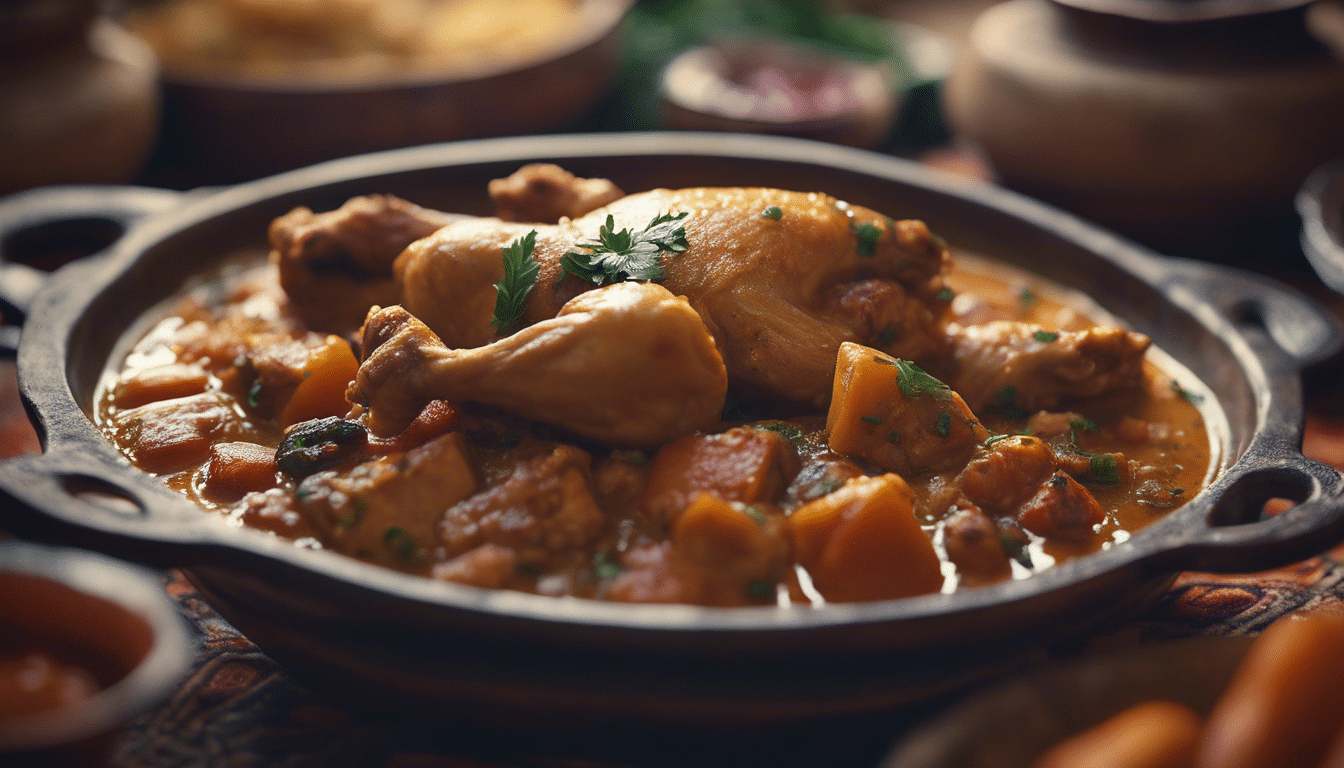
Moroccan Chicken Tagine: A Tapestry of Flavor Woven with Vibrant Spices
A mosaic of flavors and a smell that entices; Moroccan Chicken Tagine is not merely a dish, it’s a story told through each aromatic ingredient placed within the pot. To imbue the authentic taste of this traditional Moroccan meal, several key ingredients are indispensable.
The Heart of the Dish: Choosing the Right Chicken
The soulful journey of creating the perfect chicken tagine starts with selecting the right chicken. Typically, a free-range chicken, known locally as ‘djaj baladi’, offers a succulent, firmer texture and a richness that factory-farmed birds can seldom match. It absorbs the melange of spices and herbs, surrendering to the flavors while maintaining its integrity within the dish.
Spices: The Quintessence of Moroccan Cuisine
A constellation of spices adorns the Moroccan Tagine, each adding its distinct note to the culinary symphony. The earthiness of cumin, the sweet depth of cinnamon, the piquancy of grounding ginger, and the warmth of turmeric blend to create a foundation that is unmistakably Moroccan. Let’s not forget the magic of saffron threads, which should be discreet yet assertive in their presence.
Aromatics & Herbs: Whispers of the Garden
Garlic and onions lay the bedrock of flavor, their pungent and sweet notes constructing the initial layers of the tagine’s personality. Fresh coriander and parsley, finely chopped, weave through the dish with green speckles of herbal brightness. They sing the songs of Moroccan gardens and bustling souks under the clear North African sky.
The Lure of Preserved Lemons
No chicken tagine could claim authenticity without the tang and tart of preserved lemons. These jewels, pickled in their own juice with a generous amount of salt, impart a unique citrusy character that is both bold and nuanced, a taste impossible to replicate with fresh lemons or any other substitute.
Olive Oil & Olives: Liquid Gold and Verdant Gems
One cannot speak of Moroccan cuisine without highlighting the liquid gold that is olive oil. It is not just a cooking medium, but an essential flavor enhancer. Similarly, green olives, sometimes slightly bitter yet so characteristically Moroccan, cradle the chicken pieces, releasing their briney goodness into the medley.
Vegetables: A Medley of Earthy Goodness
Vegetables are not mere supporting actors in this production. Carrots, potatoes, and if seasonally appropriate, flavorful artichokes, claim their space within the tagine pot, each absorbing the spices while adding their unique textures and flavors. They are essential, bringing balance, color, and nutrition to every bite.
The Finishing Touch: Almonds & Apricots
A sprinkle of toasted almonds adds a crunch that opposes the softness of the chicken, while plump, sweet apricots offer a counterpoint to the savory profile, showcasing the Moroccan penchant for combining savory with sweet, teasing the palate with contrasts and layers of flavor.
The Vessel: Traditional Tagine Pot
A culinary ballet needs a grand stage, and the unglazed clay tagine pot, with its conical lid, serves both a functional and aesthetic purpose. It traps the steam and circulates the flavors, ensuring that every ingredient melds together harmoniously, creating that distinctive slow-cooked succulence that defies replication.
Crafting an authentic Moroccan Chicken Tagine is a tribute to tradition and an exploration of taste. It’s more than following a recipe; it’s about embracing a culture through its food, one fragrant, spice-laden pot at a time.
Step-by-Step Guide to Making Classic Chicken Tagine
Embark on the Aromatic Voyage of Moroccan Chicken Tagine
Welcome to a world where the fusion of flavors creates something magical, where the aroma beckons you to the heart of Morocco—welcome to the creation of a classic Chicken Tagine. Picture this: a savory stew, bubbling gently in a traditional earthenware pot, as spices and herbs mingle in a symphonic dance. You’re not just cooking; you’re embarking on a culinary voyage. Let’s set sail on this taste adventure, with every step designed to guide your senses to the shores of Moroccan bliss.
The Heart of Moroccan Tagine: Ingredients Unveiled
To capture the essence of Morocco in your dish, a palette of fresh ingredients and authentic spices is paramount. Begin by assembling:
- Chicken thighs or drumsticks — the star performers, ready to soak in the multitude of flavors.
- Olive oil — the golden elixir that brings out the richness.
- Garlic & onions — the fundamental duo that forms the base of countless Moroccan masterpieces.
- A tapestry of spices: cumin, ginger, turmeric, and cinnamon create the distinctive warm melody that defines a tagine.
- Preserved lemons & olives — these tangy jewels that add the burst of brightness.
- Fresh herbs — cilantro and parsley, the green garnish that refreshes the palate.
- And, of course, the tagine pot itself — where the magic happens.
Ready these performers and prepare for the show that ensues.
The Preparatory Act: Bringing Chicken Tagine Together
The allure of a Moroccan Chicken Tagine doesn’t just lie in its complex flavors, but also in the simplicity of its making. The process begins with tender affection:
- Season the chicken with salt, pepper, and a rub of the spice blend, ensuring it’s well-coated for a flavor-packed foundation.
- In your tagine or heavy-based pan, bring olive oil up to heat and sear the chicken, allowing each side to achieve a golden hue.
- Tumble in the chopped onions and minced garlic next, transmuting them into translucent contributors to your flavor story.
- Sprinkle the aromatic spice mix generously over the sizzling chicken, letting the cumin, ginger, turmeric, and cinnamon awaken to their full potential.
Each element gets a moment in the limelight, prepping for the crescendo of taste to come.
The Slow Simmer: Crafting the Layers of Flavor
As your chicken gains color and the spices release their fragrances, introduce the preserved lemons and olives into the mix. Their briny brightness slices through the richness, adding an authentic Moroccan character. Pour in water or broth, just enough to encircle the chicken in a warm embrace. This is where patience plays its part; a gentle simmer under the conical lid, as the heat embraces the chicken, ensuring the infusion of every discernible nuance.
If your sensation of smell had taste buds, they would be singing by now. It’s a slow dance of flavors, a delicate courtship between ingredient and spice, till succulence is reached and all is one in this comforting blanket of Moroccan tradition.
The Final Flourish: Presenting Your Chicken Tagine
As the cook time teeters to an end and the chicken has fully succumbed to the tender mercy of the tagine, unveil the pot to a chorus of heightened senses. Scatter fresh cilantro and parsley over the top as a vibrant visual contrast and an ode to the herbaceous tapestry of Morocco.
Serve alongside a bed of fluffy couscous or warm bread to soak up the rich and aromatic sauce. The Moroccan Chicken Tagine is not merely a meal; it’s a feast for the soul, steeped in history and served with love.
From the bustling streets of Marrakech to the serene landscapes of the Atlas Mountains, every spoonful carries the story of a land brimming with culture. You have not only made a meal but you’ve embraced a narrative, every bite a new chapter in your culinary saga.
Remember, the magic of a Moroccan Chicken Tagine is not just in its taste, but also in the journey it takes to bring it to life. Each step is a brushstroke on a canvas of tradition, each ingredient a thread in the vibrant fabric of Moroccan cuisine. So, cherish the process and celebrate the outcome, for you’re now part of the eternal tale of Morocco’s gastronomic legacy.

